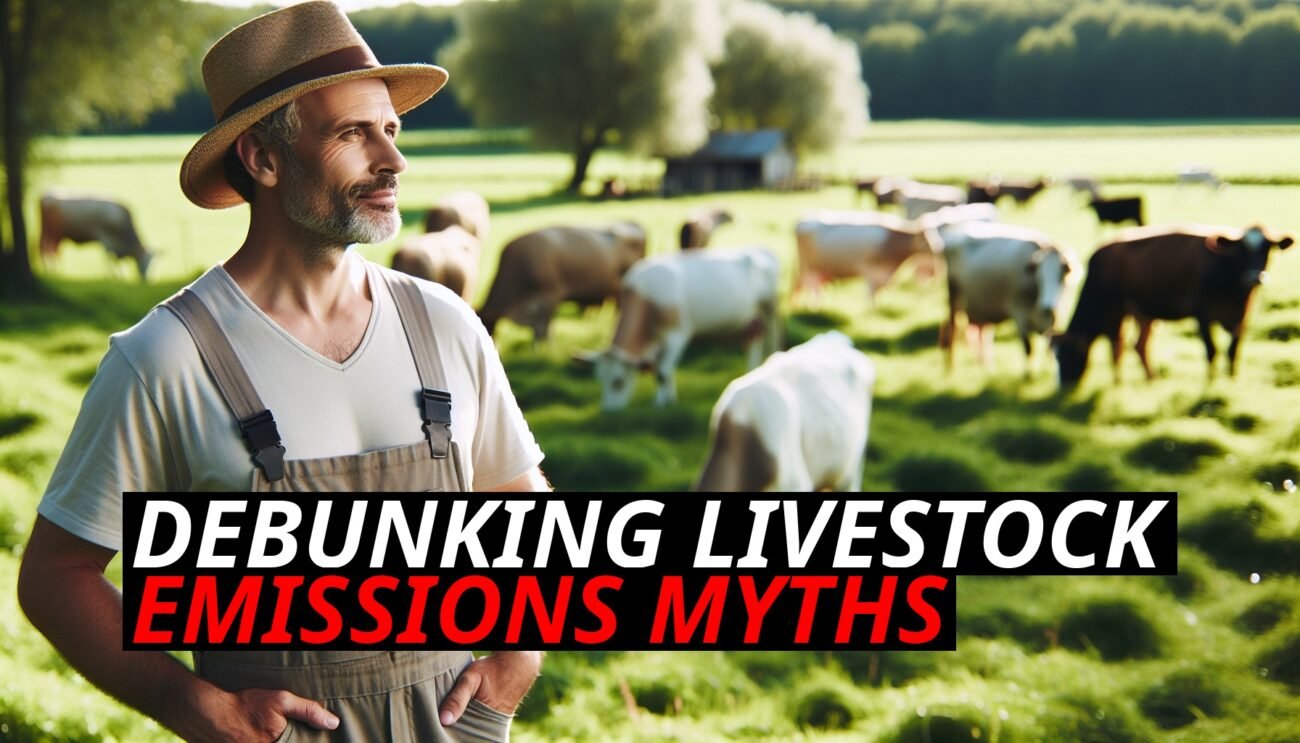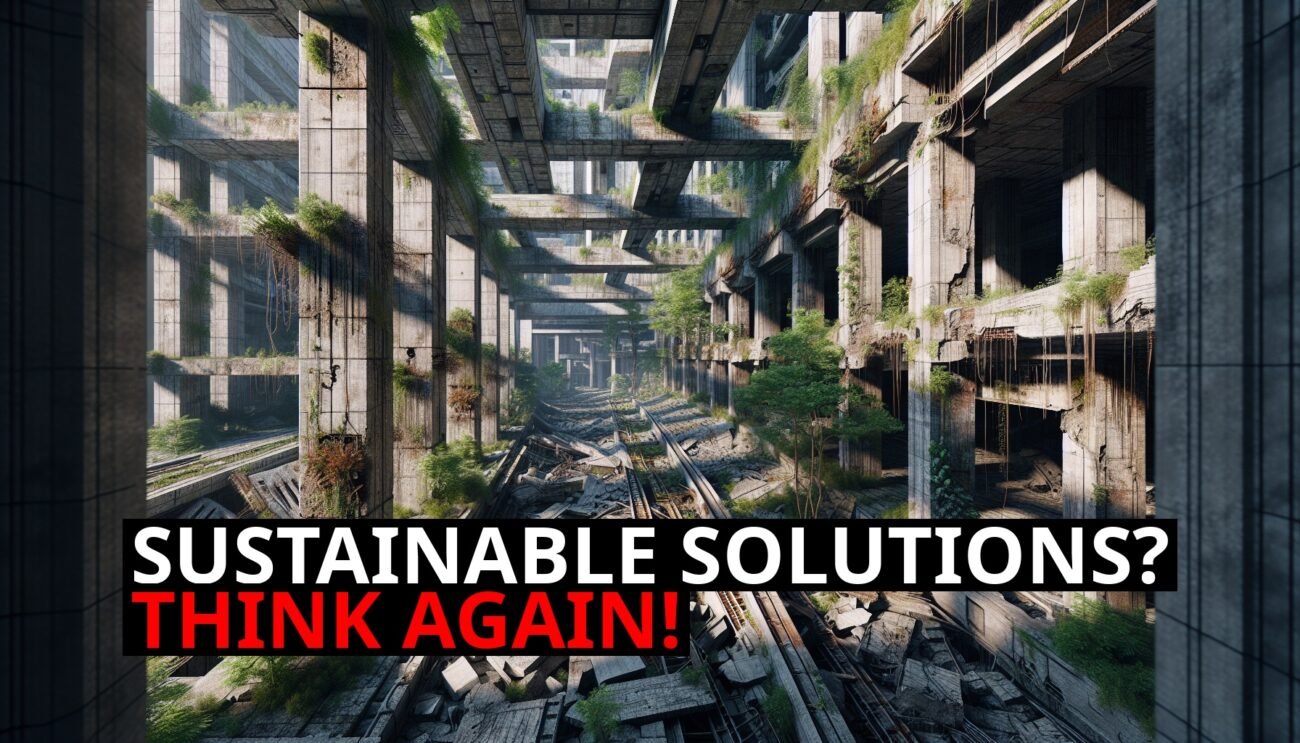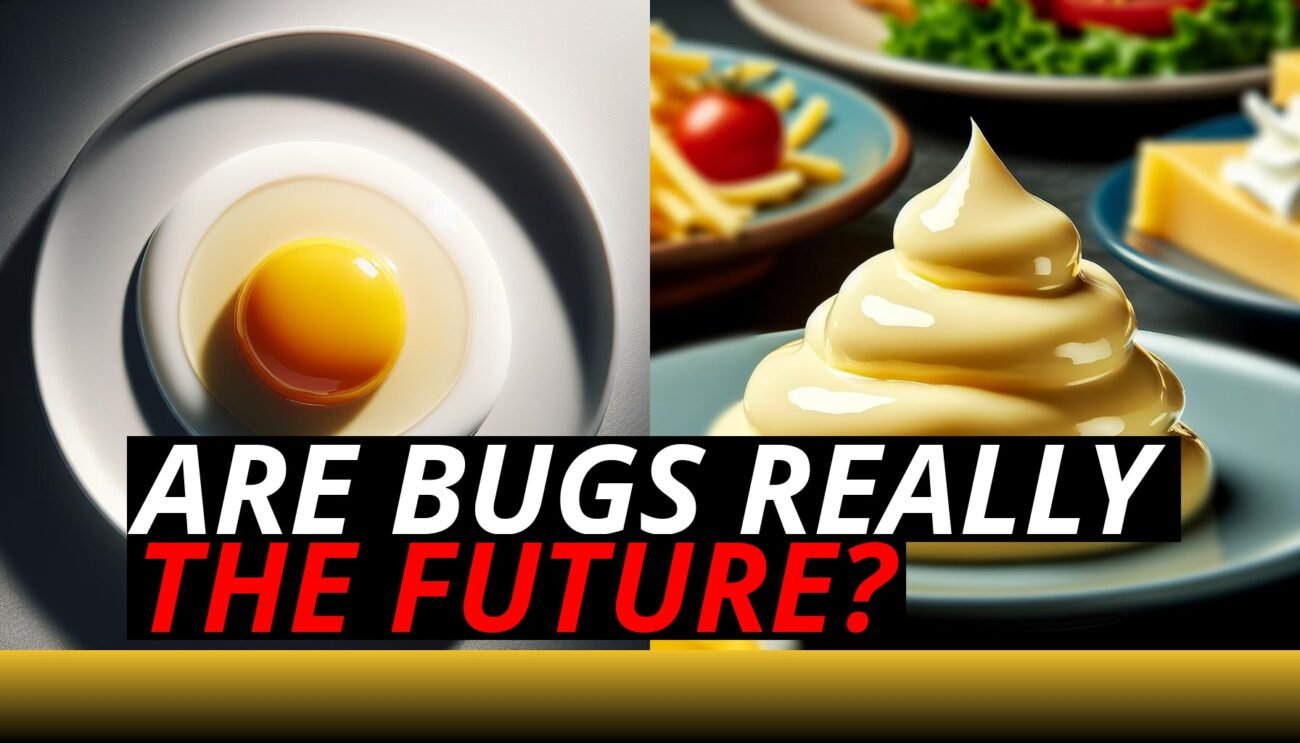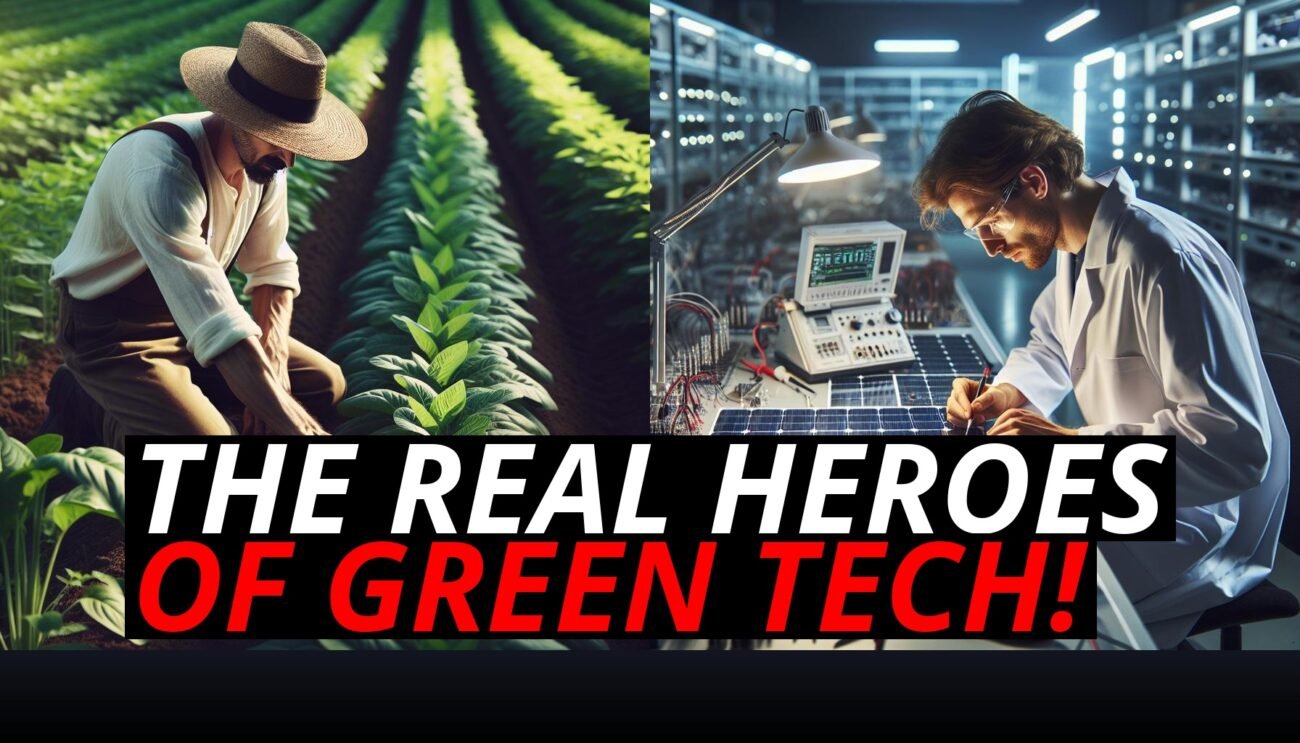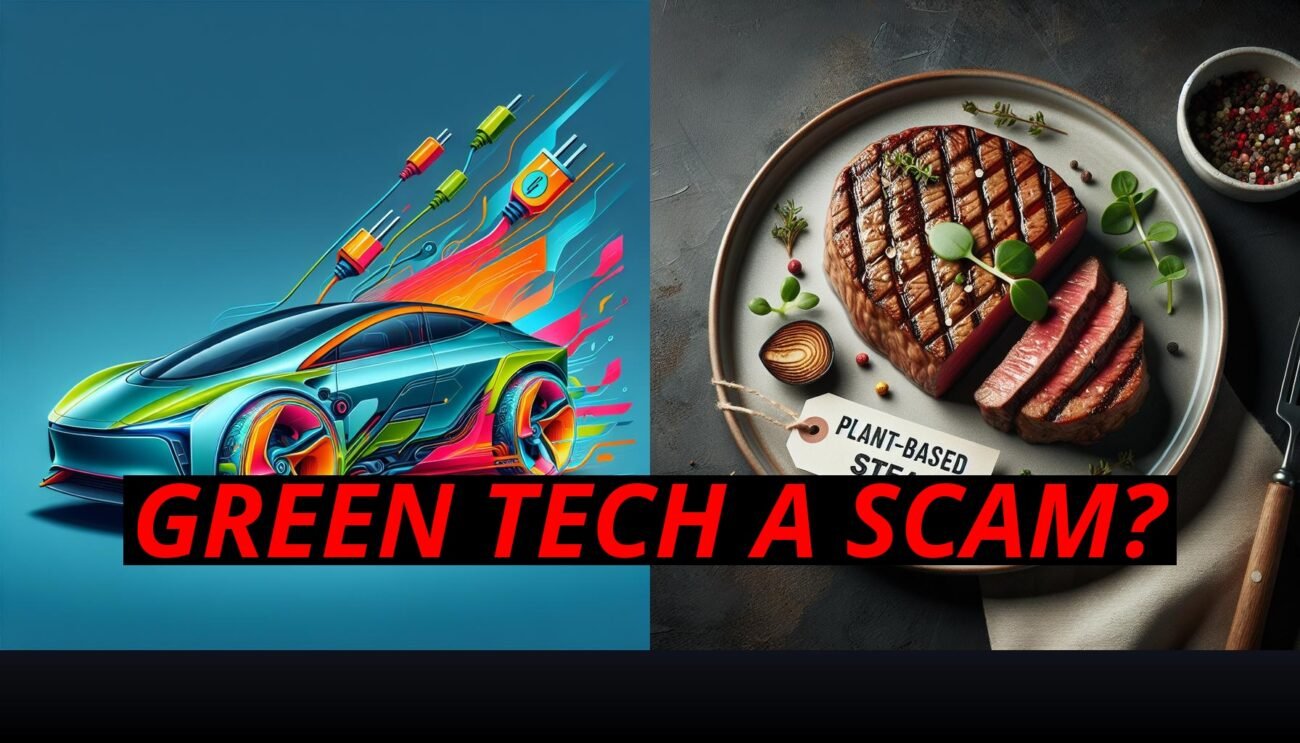You’ve seen it everywhere: politicians and corporations proudly touting their green initiatives, from banning gas cars to promoting plant-based diets and pushing electric vehicles (EVs). The media celebrates these efforts as bold steps toward a sustainable future. But while all this virtue signaling looks great on social media, the reality is far more complex. The truth is, these top-down policies often miss the mark, creating a gap between what looks good on paper and what actually works in practice.
So, why are these top-down policies falling flat, and what are the real-world consequences of ignoring practical solutions? Let’s explore how misplaced priorities are undermining the very green agenda they’re meant to support.
The Electric Vehicle Dilemma: More Cars, Less Infrastructure
Politicians love talking about electric vehicles as the key to reducing emissions and saving the planet, but there’s a serious disconnect between pushing production and ensuring these vehicles are viable for the average consumer.
Battery Production’s Environmental Impact: One of the biggest issues that rarely gets mentioned in those glossy speeches about EVs is the dirty side of battery production. EV batteries require lithium, cobalt, and nickel, materials that are extracted through environmentally destructive mining processes. These minerals are often mined in countries with lax environmental regulations, causing pollution, deforestation, and loss of biodiversity. For all the talk about EVs being green, their production often leaves a significant carbon footprint before they even hit the road.
Supply Chain Strain: The rush to meet government-mandated EV quotas is also putting pressure on the global supply chain. The demand for these rare minerals has skyrocketed, leading to supply shortages and price hikes. With limited resources and mounting environmental costs, it’s becoming clear that simply producing more EVs doesn’t automatically result in a greener future. Yet, governments continue pushing EV production without addressing the sustainability of the battery supply chain itself.
Lack of Charging Infrastructure: Another glaring issue is the lack of charging infrastructure. It’s one thing to roll out millions of EVs, but it’s another to ensure there are enough charging stations to support them. Many rural and suburban areas lack the infrastructure needed to charge EVs efficiently. This means that while wealthy urbanites might have access to home charging, a huge portion of the population is left wondering how they’re supposed to make the transition. Without addressing this gap, the government’s EV push becomes more about virtue signaling than providing a practical, scalable solution for everyone.
Fake Meat: The Processed Solution Nobody Asked For
While politicians and corporations champion fake meat as an eco-friendly alternative to traditional animal products, the real story behind these plant-based products is far less appetizing.
Monocropping and Environmental Harm: Many of the key ingredients in fake meat—like soy and peas—are grown through monocropping, a farming method that relies on cultivating a single crop over vast areas of land. Monocropping depletes soil nutrients, reduces biodiversity, and often leads to an overreliance on pesticides and fertilizers. So, while fake meat may seem like an ethical choice at first glance, it actually contributes to unsustainable farming practices that damage the environment.
Processing and Additives: Another dirty secret of the fake meat industry is that these products are highly processed. To mimic the texture and flavor of real meat, fake meat requires a cocktail of additives, flavorings, and chemicals. Instead of being a healthy alternative, these products are often heavily refined, raising questions about their nutritional value. Promoting fake meat as a green solution looks good in marketing campaigns, but when it comes to health and sustainability, the benefits aren’t as clear.
Consumer Disconnect: While the push for fake meat continues, many consumers aren’t on board. The price of these products remains high, and their taste is often criticized for being far inferior to real meat. Many people would rather support sustainable farming practices—like grass-fed livestock—than buy into lab-grown or heavily processed meat alternatives. Yet, governments and corporations keep pushing these products, creating a disconnect between consumer preferences and top-down policies.
Farming, Battery Production, And Supply Chains: The Real Green Agenda
When you look past the hype of electric vehicles and fake meat, it becomes clear that real sustainability lies in addressing farming practices, the impact of battery production, and the fragility of our global supply chains.
Regenerative Farming as a Solution: Instead of pushing monocrops and fake meat, governments could support regenerative agriculture, a farming method that improves soil health, promotes biodiversity, and sequesters carbon. Regenerative farming allows animals and plants to work in harmony, creating a natural balance that reduces the need for chemical fertilizers and pesticides. Supporting small, sustainable farms is a far more effective way to combat climate change than promoting industrialized fake meat.
Battery Recycling and Sustainable Mining: If governments truly want to support electric vehicles, they need to invest in battery recycling and sustainable mining practices. Recycling old EV batteries and finding cleaner ways to extract minerals are key steps in reducing the environmental impact of EVs. Without these innovations, the battery supply chain will continue to wreak havoc on ecosystems, turning what should be a green revolution into an environmental disaster.
Resilient Supply Chains: The pandemic has shown us how vulnerable our global supply chains are. Rather than relying on distant, fragile supply chains for EV batteries and fake meat ingredients, governments should focus on building local, resilient supply chains. Encouraging local production and sustainable farming practices can reduce carbon emissions while creating jobs and supporting local economies.
The Failure Of Top-Down Policies: What’S The Alternative?
The problem with top-down policies is that they often miss the mark when it comes to addressing the real needs of people and the planet. Instead of focusing on hitting arbitrary production targets, we need policies that actually work in the real world.
Listen to Consumers: Forcing people to adopt electric vehicles or fake meat products without addressing their concerns—whether it’s price, taste, or convenience—won’t lead to real change. Consumers need to be given options that fit their lives, not dictated mandates. Governments should focus on creating incentives that align with consumer behavior, such as supporting local, sustainable food systems or making EVs more affordable and accessible through improved infrastructure.
Long-Term Investments: Instead of relying on short-term virtue signaling, governments should make long-term investments in infrastructure, recycling, and sustainable practices. This means funding renewable energy projects that actually work, supporting research into sustainable mining and battery recycling, and encouraging farming practices that restore ecosystems rather than deplete them.
Policy Flexibility: Finally, top-down mandates need to be flexible enough to evolve with new technology and market conditions. What works today might not be the best solution tomorrow, and policies should be adaptable to embrace new ideas that can have a real, lasting impact.
Conclusion: Moving Beyond Virtue Signaling To Practical Solutions
It’s easy for governments and corporations to engage in virtue signaling, pushing shiny green initiatives like electric vehicles and fake meat to boost their environmental credentials. But as we’ve seen, these top-down policies often fail to address the real-world complexities of farming, battery production, and supply chains.
Instead of focusing on what looks good in headlines, we need to support practical, sustainable solutions that actually work. From regenerative agriculture to battery recycling and building resilient local economies, the path forward is clear: stop the empty promises, and start investing in policies that offer real solutions.



